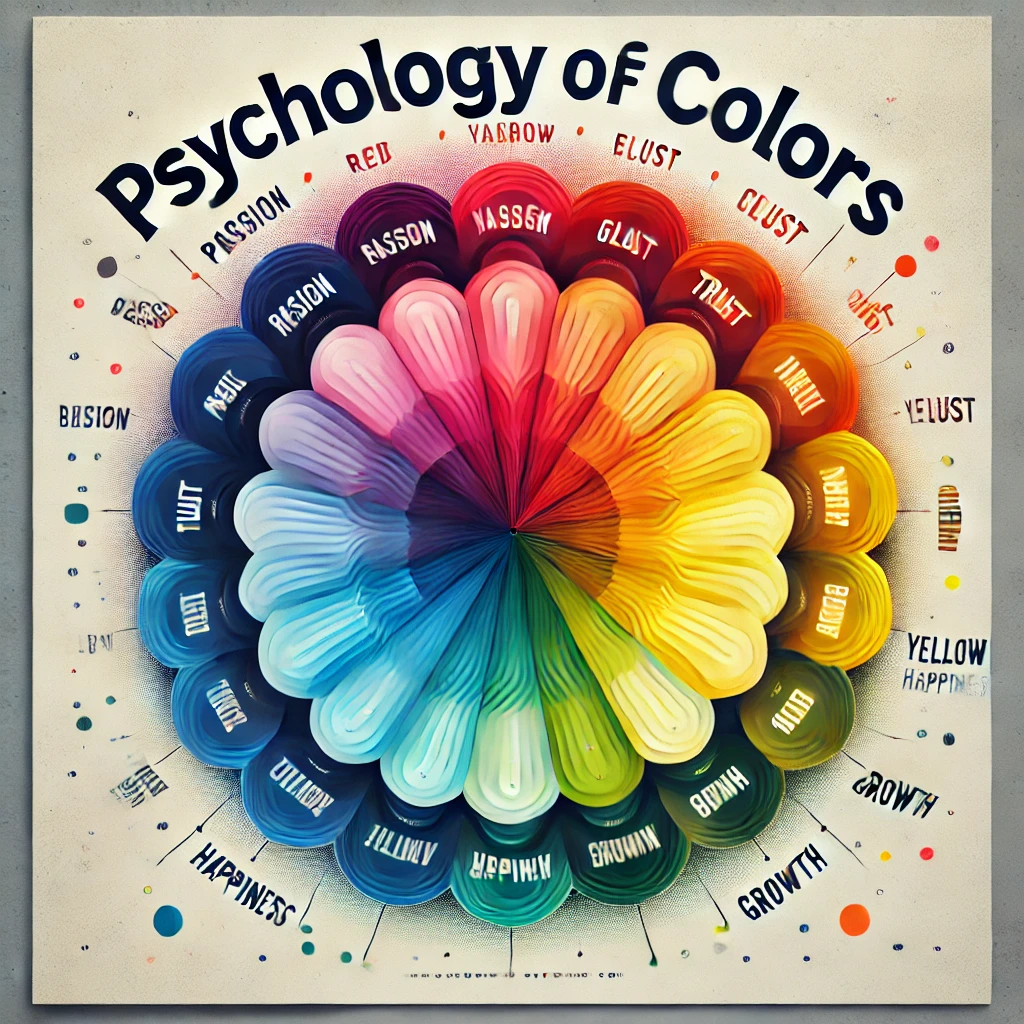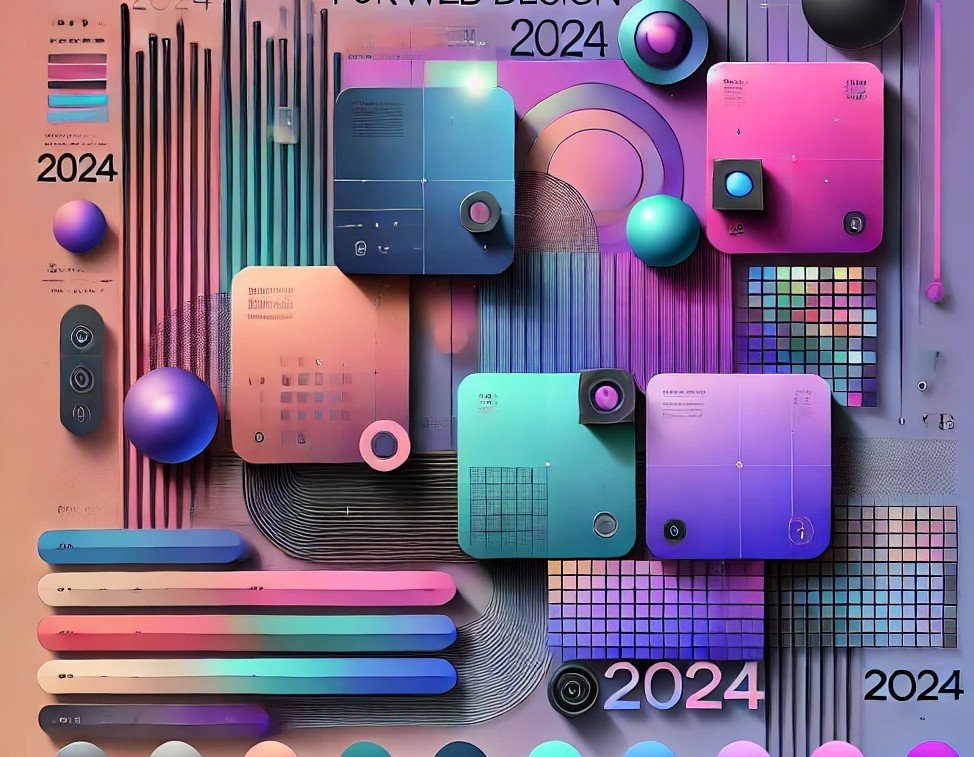White, symbolized by its hex code #FFFFFF, represents purity, simplicity, and elegance. It is a universal favorite in design, fashion, and culture. Here’s why #FFFFFF remains iconic:
- Technical Precision: As the brightest color in the RGB spectrum (255,255,255), it reflects all visible wavelengths.
- Design Versatility: From clean website layouts to minimalist interiors, white is the perfect neutral base.
- Cultural Significance: White embodies peace in the West and spiritual purity in the East.
- Timeless Appeal: Its adaptability ensures relevance across trends and eras.
The Timeless Beauty of #FFFFFF: Understanding the Color White

White, often referred to by its hexadecimal code #FFFFFF, is not just a color; it’s a universal symbol of simplicity, purity, and elegance. Used extensively in art, design, fashion, and culture, white has a unique position in the spectrum of colors. This article delves into the fascinating aspects of white, exploring its technical details, applications, cultural significance, and why it remains an enduring choice across various fields.
What is #FFFFFF? The Science Behind White
In the world of digital colors, #FFFFFF represents the brightest shade in the RGB color model. Here’s a breakdown:
- RGB Values: (255, 255, 255) – This means red, green, and blue are all at their maximum intensity.
- HSL (Hue, Saturation, Lightness): Hue is 0°, saturation is 0%, and lightness is 100%.
- CMYK (Cyan, Magenta, Yellow, Black): All values are 0%, meaning no pigment is applied.
This combination results in a pure white color that reflects all visible wavelengths of light, making it the brightest and most neutral shade.
Characteristics of White
- Brightness: White reflects almost all light, making it the brightest color.
- Neutrality: It doesn’t lean toward any hue, making it a versatile base.
- Versatility: White pairs well with every other color, enhancing contrast and clarity.
- Symbolism: Across cultures, white represents purity, peace, and new beginnings.
Applications of White in Daily Life
1. Web and Graphic Design
White is a cornerstone of web and graphic design. It is often used as:
- Backgrounds: White backgrounds create a clean, uncluttered appearance, allowing content to stand out.
- Text Color: Inverted designs use white text on dark backgrounds for readability.
- Negative Space: White space, or negative space, enhances the focus on key elements, improving user experience.
CSS Example:
.mybgcolor { background-color: #ffffff; }
.myforecolor { color: #ffffff; }
.mybordercolor { border: 2px solid #ffffff; }Background Color (#ffffff)
Text Color (#ffffff)
Border Color (#ffffff)
2. Interior Design
In interior design, white is synonymous with space, light, and elegance. It is commonly used for:
- Walls and Ceilings: White walls create the illusion of larger, brighter spaces.
- Furniture: White furniture adds sophistication and pairs well with colorful accents.
- Minimalism: Modern minimalist interiors heavily rely on white to create a clean aesthetic.
3. Fashion and Style
White is a timeless choice in fashion:
- Formal Wear: White dresses and suits are staples for weddings and formal events.
- Casual Style: White T-shirts, sneakers, and jeans offer a fresh, effortless look.
- Seasonal Versatility: While popular in summer for its cool feel, white is also a winter favorite, symbolizing snow and purity.
4. Art and Creativity
Artists use white to:
- Highlight Contrast: White brings out the vibrancy of other colors.
- Symbolize Emptiness: White spaces can evoke peace or isolation.
- Create Depth: Layering white in paintings adds light and dimension.
Cultural Significance of White
1. Peace and Purity
In many cultures, white symbolizes peace, innocence, and purity. For example:
- Western Cultures: White is often associated with weddings, symbolizing purity and new beginnings.
- Eastern Cultures: In countries like India and China, white is linked to mourning and spiritual enlightenment.
2. Religion and Spirituality
White holds spiritual significance in many religions:
- Christianity: White represents holiness and the divine, often worn by clergy during sacred ceremonies.
- Islam: White is considered pure and is often worn during prayers and pilgrimages.
3. Global Flags and Symbols
White is a key color in many national flags, representing peace and unity. The white dove is also an international symbol of peace
Technical Aspects of White in Digital Design
1. Hexadecimal Codes
In coding, #FFFFFF is the full representation of white, while its shorthand, #FFF, is also widely used for convenience.
2. Accessibility Considerations
When using white in design, contrast is crucial to ensure readability and inclusivity. For example:
- Pair white backgrounds with dark text.
- Avoid white text on light backgrounds unless outlined or shadowed.
3. Monochromatic Color Schemes
White can be the centerpiece of monochromatic schemes, complemented by grays and blacks for a balanced look.
Why Designers Love White
Designers across industries appreciate white for several reasons:
- Clarity: It creates a clean, organized appearance.
- Focus: White spaces draw attention to content and visuals.
- Timeless Appeal: White never goes out of style.
- Flexibility: It adapts to various design themes, from traditional to modern.
Fun Facts About White
- Scientific Fact: In light theory, white is the combination of all colors, while in pigment theory, it’s the absence of color.
- Cultural Trivia: In Japan, the white kimono represents both purity and mourning.
- Historical Use: Ancient Greeks and Romans used white marble for statues, symbolizing perfection and divinity.
- Technology: The default color of most text documents and webpages is white, symbolizing a blank canvas for ideas.
Tips for Using White Effectively
- Combine with Textures: Add depth by pairing white with wood, stone, or metal textures.
- Use Lighting Wisely: Proper lighting enhances the brilliance of white spaces.
- Avoid Overuse: Too much white can feel sterile. Balance it with colors or patterns.
- Consider Warm vs. Cool Whites: Warm whites create cozy spaces, while cool whites are sleek and modern.


